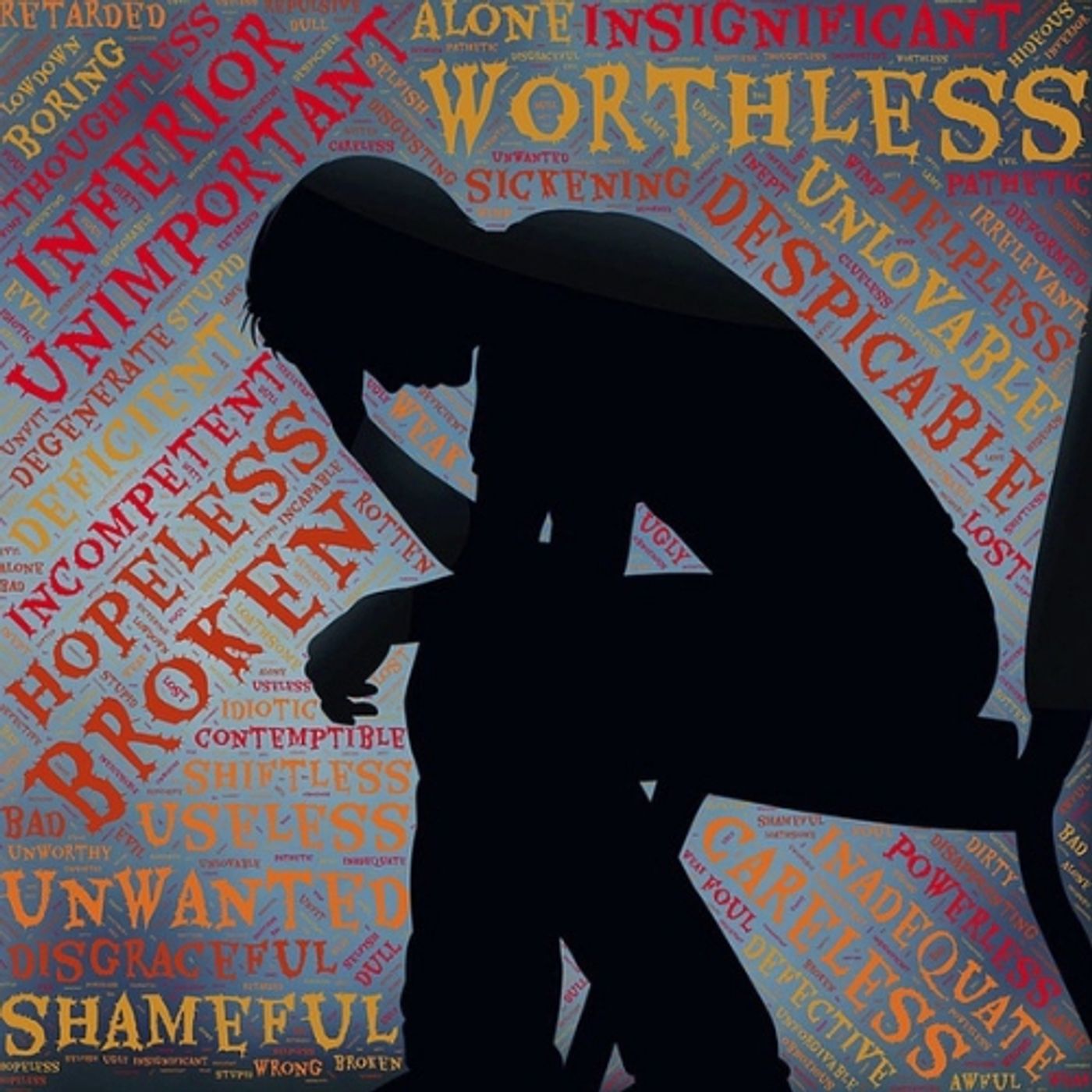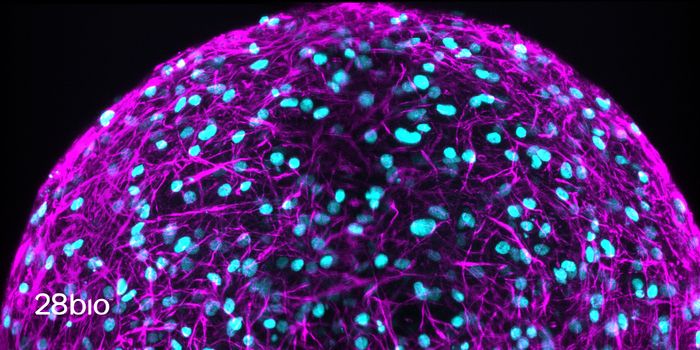Self-Harm Impacts Nearly 25% of Girls in the UK
Adolescence can be a trying time for children and their families. Hormone shifts, social media pressures, school stress, and so much else can combine to make the teen years difficult.
In a recent study in the UK by The Children’s Society, it was found that nearly one in four girls aged 14 had self-harmed in the previous year. With that many incidents in this age group, medical professionals and healthcare providers need to know how to screen and treat young people who could be at risk. It’s not just girls either. 1 in 10 boys reported self-harm, and when older adolescents were asked, nearly 16% of them recalled hurting themselves at that age.
The Children’s Society, a charitable organization that researchers pediatric health issues, issues their “Good Childhood Report” annually. It covers many facets of teen health care including well-being, illnesses, anxiety, depression and other stressors that come at this time of life. The goal of the report is to inform the public of possible risks in teenage patients and educate parents and health professionals on how to help.
When the numbers were tallied up, the Children’s Society estimated that across the UK, approximately 110,000 children aged 14 could have harmed themselves in some way over the past year. That total includes a possible 76,000 girls and 33,000 boys. In a press release from the agency, they quoted one study respondent who stated, “I felt like self-harming was what I wanted to do and had to do as there was nothing else I could do. I think there is help for young people but not the right kind of help. Feeling not pretty enough or good enough as other girls did contribute towards my self-harming, however, I don’t feel just being a girl is the reason as I think boys feel the same way too.”
It’s not merely appearance issues or self-esteem either. Matthew Reed is the Chief Executive at The Children’s Society, and explained, “It is deeply worrying that so many children are unhappy to the extent that they are self-harming. Worries about how they look are a big issue, especially for girls, but this report shows other factors such as how they feel about their sexuality and gender stereotypes may be linked to their unhappiness.”
When children at this age begin to think about gender and attraction, it can be very stressful. Of the teens that reported an attraction to the same sex or both sexes, 46% of them reported self-harming. In these same children, almost four out of ten (38%) showed signs of depression and three out of ten (30%) had low well-being scores. In the general population of all children this age, the incidence of both of these conditions is 11%, so gender and attraction issues are definitely part of the equation at this age.
Reed summarized the study saying, “It’s vital that children’s well-being is taken more seriously and that much more is done to tackle the root causes of their unhappiness and support their mental health. Schools can play an important part in this, and that is why we want the Government to make it a requirement for all secondary schools to offer access to a counsellor, regularly monitor children’s well-being and have their mental health provision assessed as part of Ofsted inspections.” Ofsted inspections are carried out by the Office for Standards in Education, a non-ministerial department of the UK government that reports to Parliament. Check out the clip below to find out more about the report.
Sources: Children’s Society UK NHS The Independent









